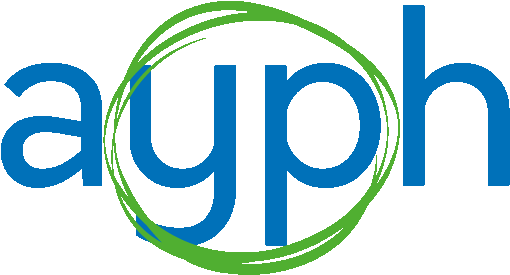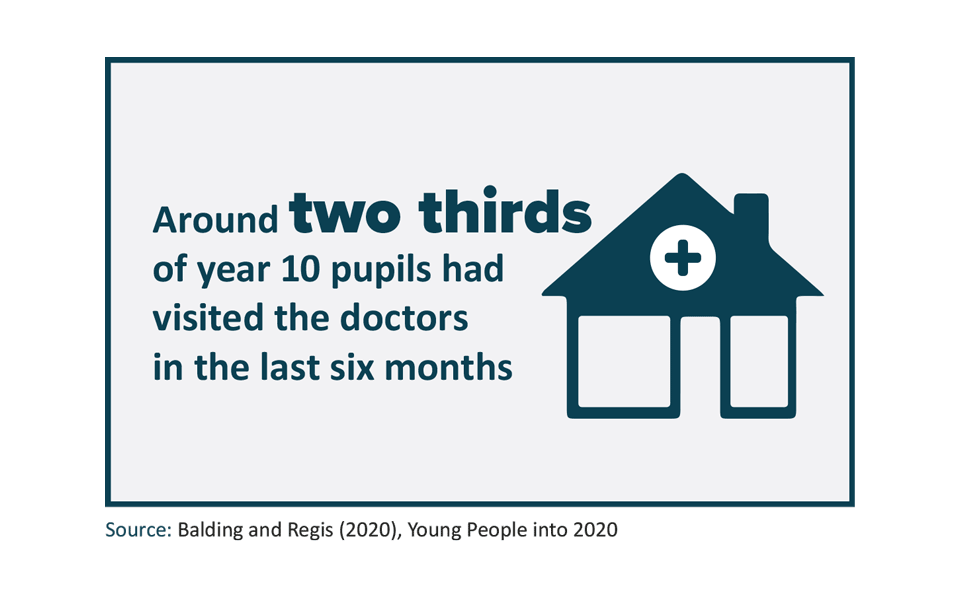AYPH Trustee and Fellow of the Royal College of General Practitioners Dick Churchill reflects on new resources aimed at promoting youth friendly healthcare
I was recently invited to give a presentation about the NICE Guideline on Babies, Children and Young People’s Experience of Healthcare which, whilst published in August 2021, has not really hit the headlines! My preparation for this talk coincided with the publication of the refreshed ‘You’re Welcome’ standards for youth friendly healthcare by the Office of Health Improvement & Disparities (OHID) and so I decided to think about how these two sets of UK based recommendations relate to each other.
Firstly, although the terminology used is different (‘recommendations’ versus ‘standards’ and ‘criteria’) both documents have been produced with the laudable aim of improving the quality of healthcare for young people. As such there is inevitably plenty of overlap between the two. Aspects such as effective communication; the importance of confidentiality; involvement of young people in both decision making and design of services; and recognising the changing needs of young people over time are rightly addressed in both.
Secondly, both documents include an extensive list of recommendations or criteria: 139 in the case of the NICE Guideline and 106 in You’re Welcome, although in the latter these have been divided into ‘essential’ and ‘additional’. In the case of the NICE Guidance this is partly because some of the recommendations are more specific to younger age groups whilst some of the You’re Welcome criteria provide more specific guidance for particular settings such as drug and alcohol services, mental health services, and sexual and reproductive health services.
Some aspects of service delivery are covered in more detail in one document or the other: for example there are eight NICE recommendations that can be mapped against the first essential criterion in You’re Welcome; whilst the You’re Welcome standard on staff training is not mirrored explicitly at all in the NICE Guideline.
One of the biggest differences between the two documents is the transparency about the manner in which they have been produced. NICE Guidance is evidence-based and issued after extensive consultation with a range of experts, lay people, and stakeholders. The NICE Guideline on Healthcare Experience of Babies, Children and Young People also included young people on the Guideline Committee as well as input from younger aged reference groups. The You’re Welcome standards simply state that ‘young people have “been involved” in designing and prioritising the revised standard’. It is not clear when and how this took place, although AYPH facilitated some consultation in early draft stages.
It is disappointing that there has been no attempt to link the two sets of recommendations to each other. You’re Welcome merely cites the NICE Guideline once as ‘Other General Resources’, whilst You’re Welcome was not available when the NICE Guideline was under development. Yet both are attempting to achieve the same end, of improved services to this age group.
Whilst describing best practice, neither the NICE Guideline recommendations, nor the You’re Welcome standards, are mandatory. As such, those services that are already aspiring to provide high quality care for young people will probably find that they already meet many, if not all, of them. Meanwhile services experiencing pressures will not necessarily view either document as a priority for implementation.
In addition, these are both lengthy documents, requiring considerable time investment in order to understand the requirements. Services considering undertaking self-assessment using either the NICE Guideline or You’re Welcome will find it a daunting exercise. Although You’re Welcome describes some useful and simple initial steps, this is followed by reference to a 33 page self-assessment template asking for evidence against each criterion, similar to the baseline assessment tool linked to the NICE Guideline.
Whilst detailed documents from whatever source may help to inform commissioning processes, there is a real danger that overworked healthcare providers faced with multiple lengthy guidelines and recommendations will simply throw them all in the bin.
What we need is for all of these invaluable recommendations and standards to be condensed and distilled into a concise, practical and accessible tool that has achievable goals to which the majority of healthcare professionals and providers can realistically aspire to achieve – and also a version that makes the aims clear to young people. The visual summary of the NICE Guideline was a good start as it puts the young person right at the centre – which is where they belong.
Dick Churchill
July 2023
Declaration of Interest: Dick Churchill was a member of the NICE Guideline Committee for Babies, Children and Young People’s Experience of Healthcare

